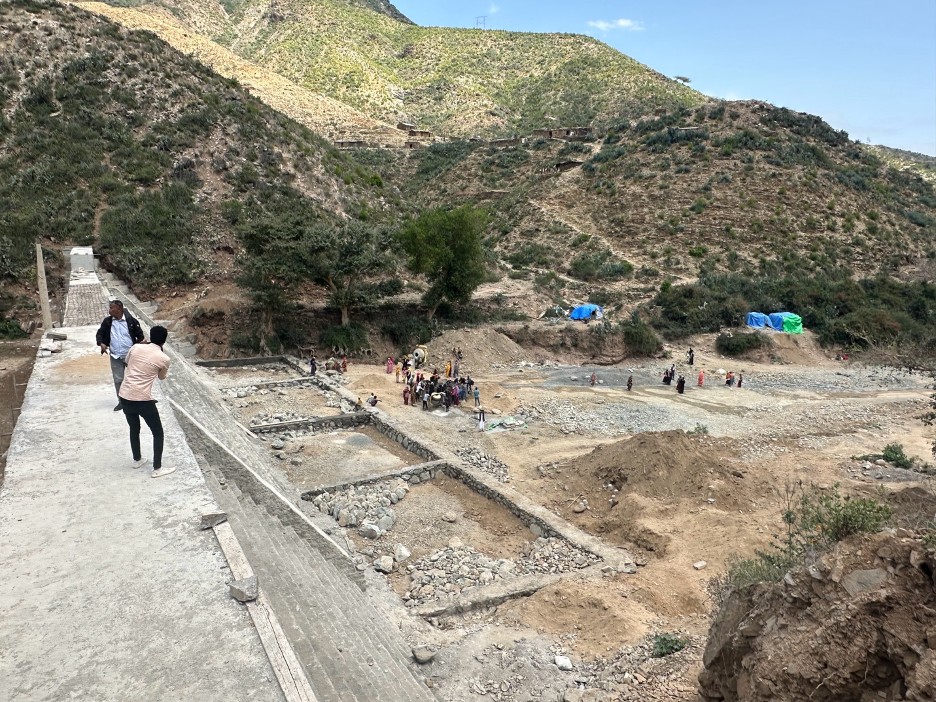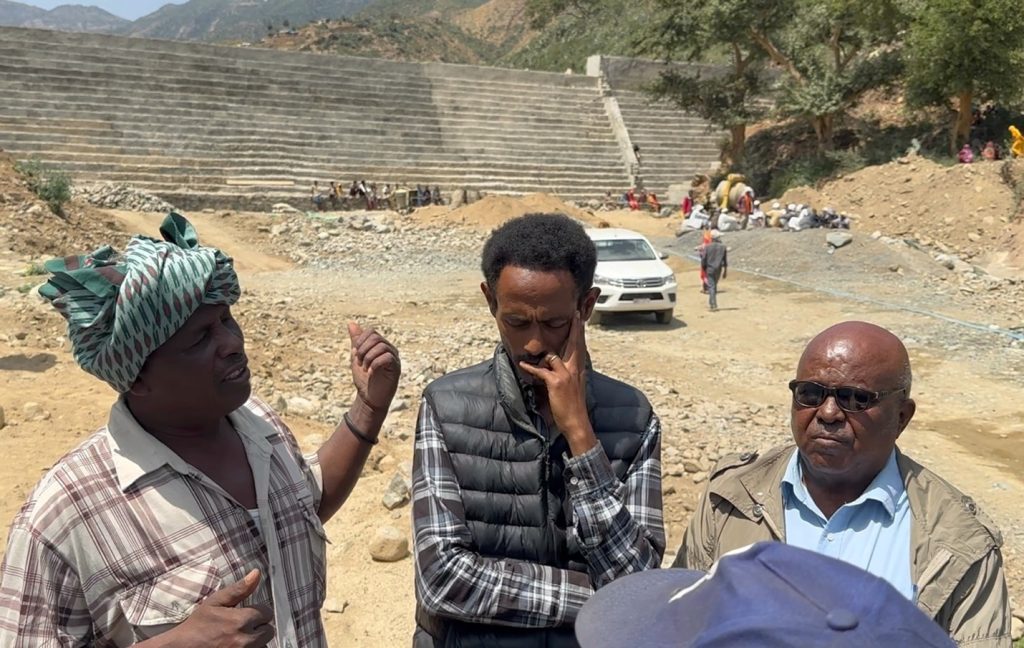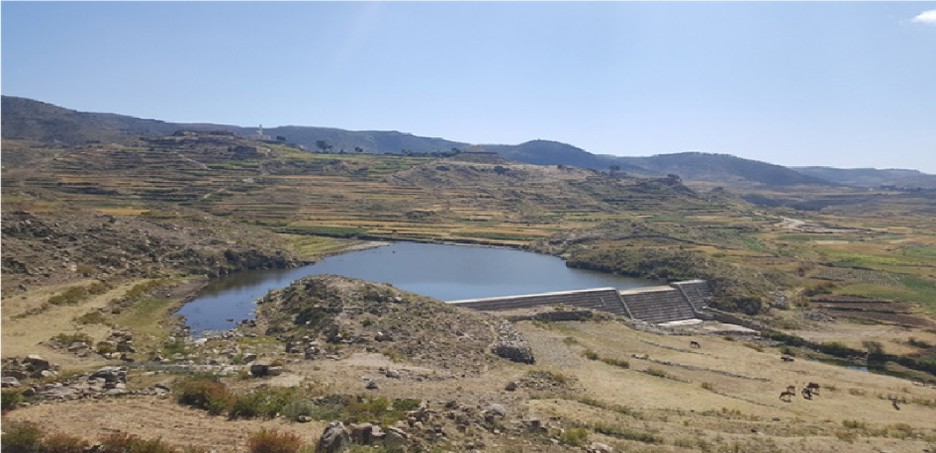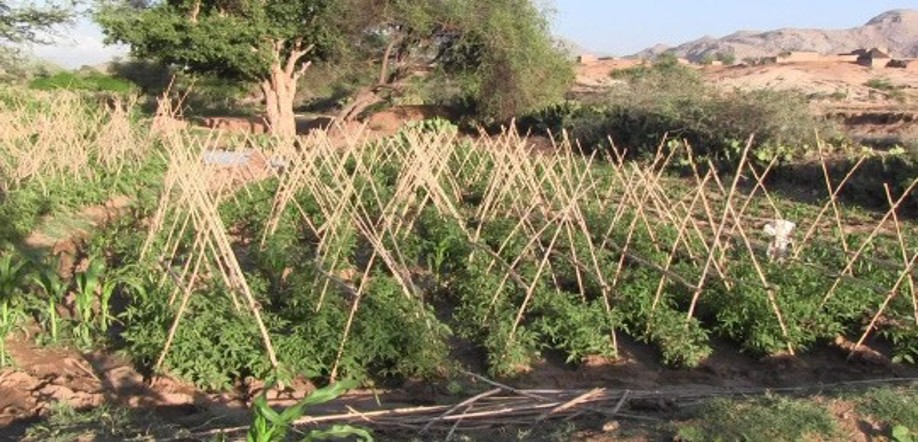Eritrea, located in the drought-prone Horn of Africa, has adopted a pragmatic and community-driven approach to combat water scarcity.
Transforming Dust into Hope: How Eritrea’s Masonry Dams Are Revitalising Rural Communities

Asmara, Eritrea — Across the arid landscapes of Eritrea’s rural interior, a quiet revolution is underway. Seasonal rivers that once burst swiftly through the valleys before disappearing are now captured by a growing network of hand-built masonry dams that hold life-giving water long after the rains have ceased.
These structures are not just engineering feats, they are beacons of hope for communities battered by decades of drought and uncertainty.
Eritrea, located in the drought-prone Horn of Africa, has adopted a pragmatic and community-driven approach to combat water scarcity.
Using locally sourced materials and mobilising community labour, the country has created over 880 dams with technical and financial support from the African Development Bank (AfDB) through the Drought Resilience and Sustainable Livelihoods Programme (DRSLP).
From Scarcity to Sustenance: Stories of Renewal
Bekit Idris, a farmer from Guritatal in central Eritrea, recalls a time when food insecurity was a constant shadow over his family’s life.
“Our crops depended absolutely on the rain. But the rains had become unpredictable and unevenly spread. After the dam was built nearby, I started cultivating land downstream in ways I never thought possible,” said Idris.

Idris now harvests three times a year instead of just once, growing cereals, vegetables, fruits, and green fodder for livestock. “I produce not only enough to feed my family but also enough to sell at market. This has improved both our nutrition and household income.”
In the northern region near the Aderde dam, farmer Hamed Meskel echoed this transformation. Previously forced to stop cultivation as wells dried up, Meskel resumed farming with the new dam’s water supply, increasing production by approximately 30%. His farm now serves as a demonstration model, inspiring nearly 350 neighbouring households.
Building Resilience, One Dam at a Time
Since 2015, the DRSLP has financed the construction of 98 small and medium-sized dams in Eritrea alongside water points and land rehabilitation efforts covering over 200 hectares.
These dams range in capacity from 30,000 to more than 110,000 cubic meters, enabling irrigated agriculture to flourish in regions previously reliant on erratic rainfall.
READ MORE: Eritrean Community Festival in Germany Celebrates Unity, Culture, and Youth Empowerment
The impact goes beyond irrigation. The programme promotes new skills training and entrepreneurship to nurture value chain development. Farmers receive agricultural inputs and training to boost productivity, transitioning many from subsistence farming toward more commercial and sustainable practices.

Kenneth Onyango, Chief Country Program Officer of AfDB’s Eritrea liaison office, highlights the broader impact.
“This initiative has expanded agriculture and agribusiness opportunities, advancing rural livelihoods and driving economic development in historically marginalised areas,” he said.
Community participation has been pivotal to the programme’s successes, accelerating progress and ownership. “We see tangible improvements in livelihoods, with many households now viewing agriculture as a viable income source,” Onyango said.
Environmental Stewardship and Climate Adaptation
The dams have also catalysed environmental conservation. Project Coordinator Hadgu Gebrendrias reported that the masonry dams have encouraged the construction of additional soil and water conservation structures over nearly 10,000 hectares upstream across all six Eritrean regions.
READ MORE: Legal cannabis blooms in Morocco but black market still beckons
This holistic approach has enhanced drought resilience, protected agricultural lands, and promoted food and nutrition security, especially among pastoral and agro-pastoral communities.
A Community’s New Dawn
For Eritrea’s rural communities, water is far more than a basic need, it is the foundation for renewing hope, stabilising livelihoods, and adapting to a changing climate. Where barren earth once extended, green crops now thrive. Where hunger and uncertainty prevailed, families crowed with confidence in their future.

“Our community is very happy with this initiative,” Gebrendrias said. “It aligns fully with the Ministry of Agriculture’s strategic goals and has been vital in improving livelihoods and food security.”
This transformation is a shining example of how local solutions backed by international partnerships can breathe life into regions vulnerable to climate shocks. Eritrea’s dam-building effort offers a hopeful blueprint for other drought-affected areas aiming to revitalise their land and their people.
Subscribe to Our Newsletter
Keep in touch with our news & offers
Thank you for subscribing to the newsletter.
Oops. Something went wrong. Please try again later.










